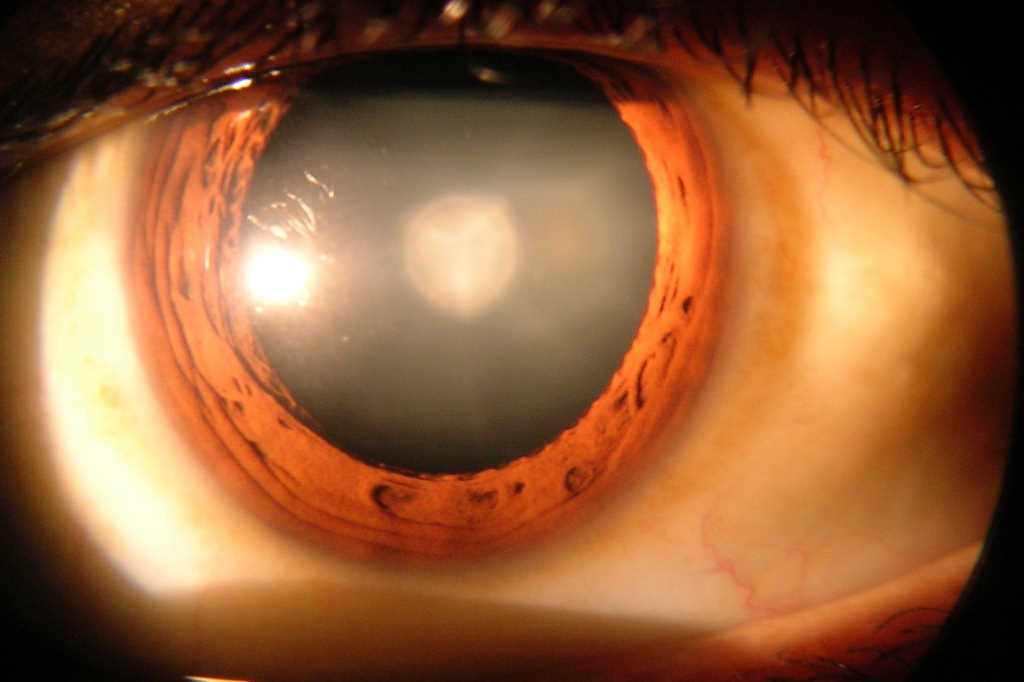Unravelling life’s effects on the lens
University of Auckland student Alyssa Lie is nearing completion of her PhD study investigating how aging affects the internal contents of the eye’s crystalline lens and how this may contribute to age-dependent changes in vision attributed to the lens, such as presbyopia and cataract.
Research tends to centre around conditions which are life threatening or sight threatening, not so much on conditions such as presbyopia or cataracts, or the possible links between them, because they are more easily treatable, explained Lie. But globally, cataracts are still one of the leading causes of blindness, so this research will hopefully lead to better understanding about what causes cataracts and indicate possible treatment alternatives, she said.
It’s been suggested that presbyopia and cataract are part of a continuous process of structural and functional changes that occur in the lens. As part of her broader PhD research, therefore, Lie undertook a separate study using magnetic resonance imaging (MRI) techniques to investigate the role of lens water transport in accommodation, and whether there is a decline in lens water transport in presbyopia.
“The optical properties of the crystalline lens are thought to be maintained by a unique internal microcirculation system that consists of ionic and water transport pathways,” said Lie. “We therefore hypothesise that ageing causes a decline in lens water transport, affecting lens proteins and ultimately resulting in presbyopia.”
Having a better understanding of the underlying mechanisms of presbyopia that precede cataract formation will aid the development of effective strategies to delay cataract onset, thereby alleviating the need for and costs associated with cataract surgery, she explained.
Lie said she hopes to publish the results of this study later this year.


























